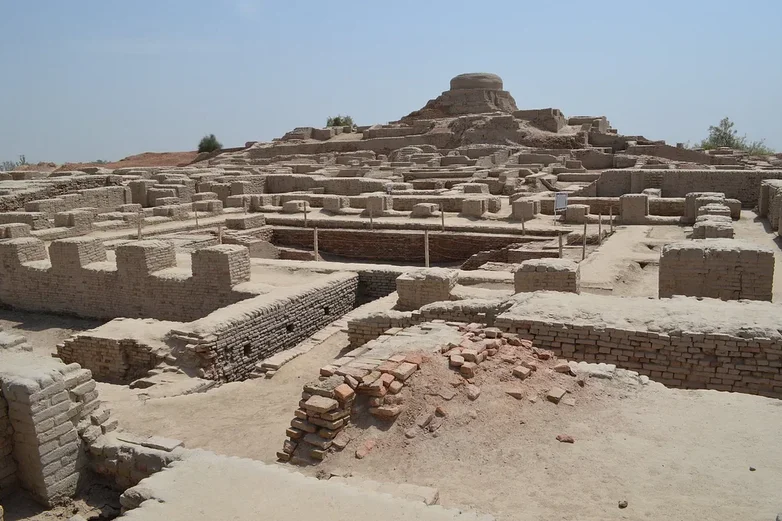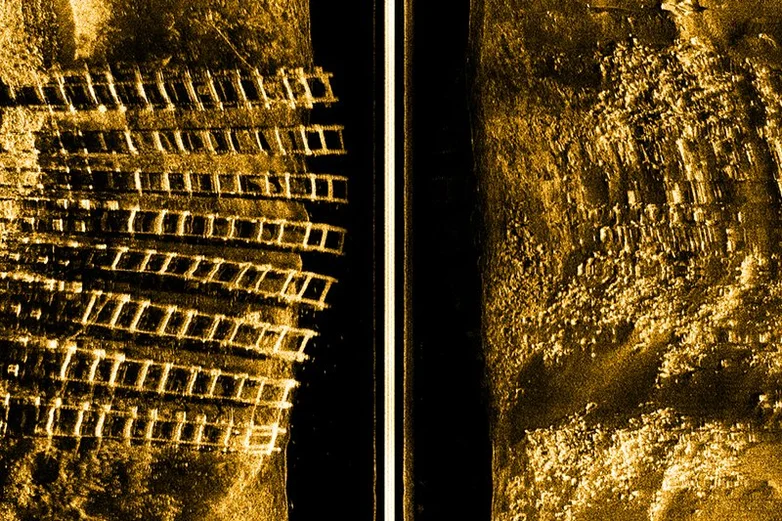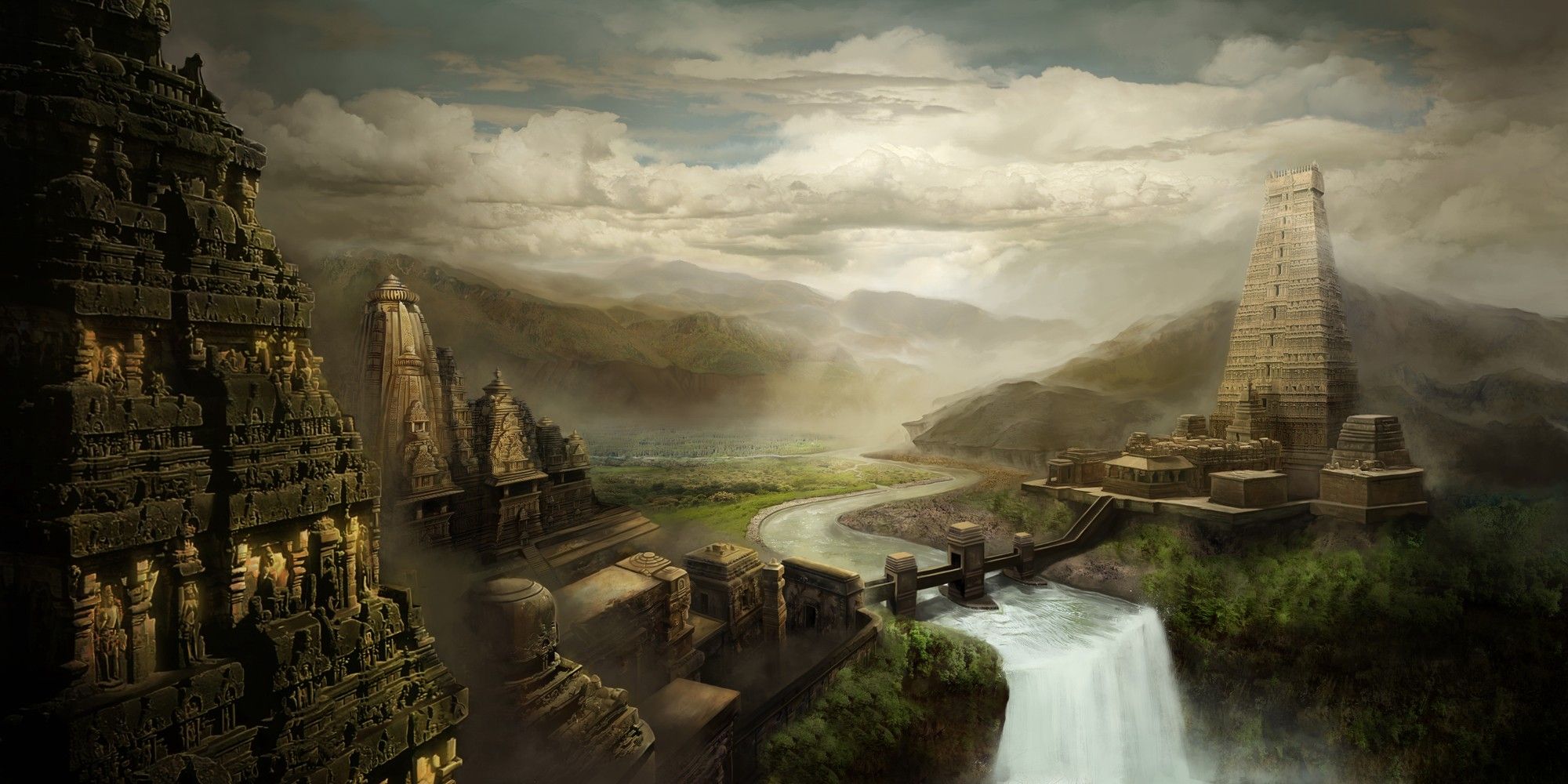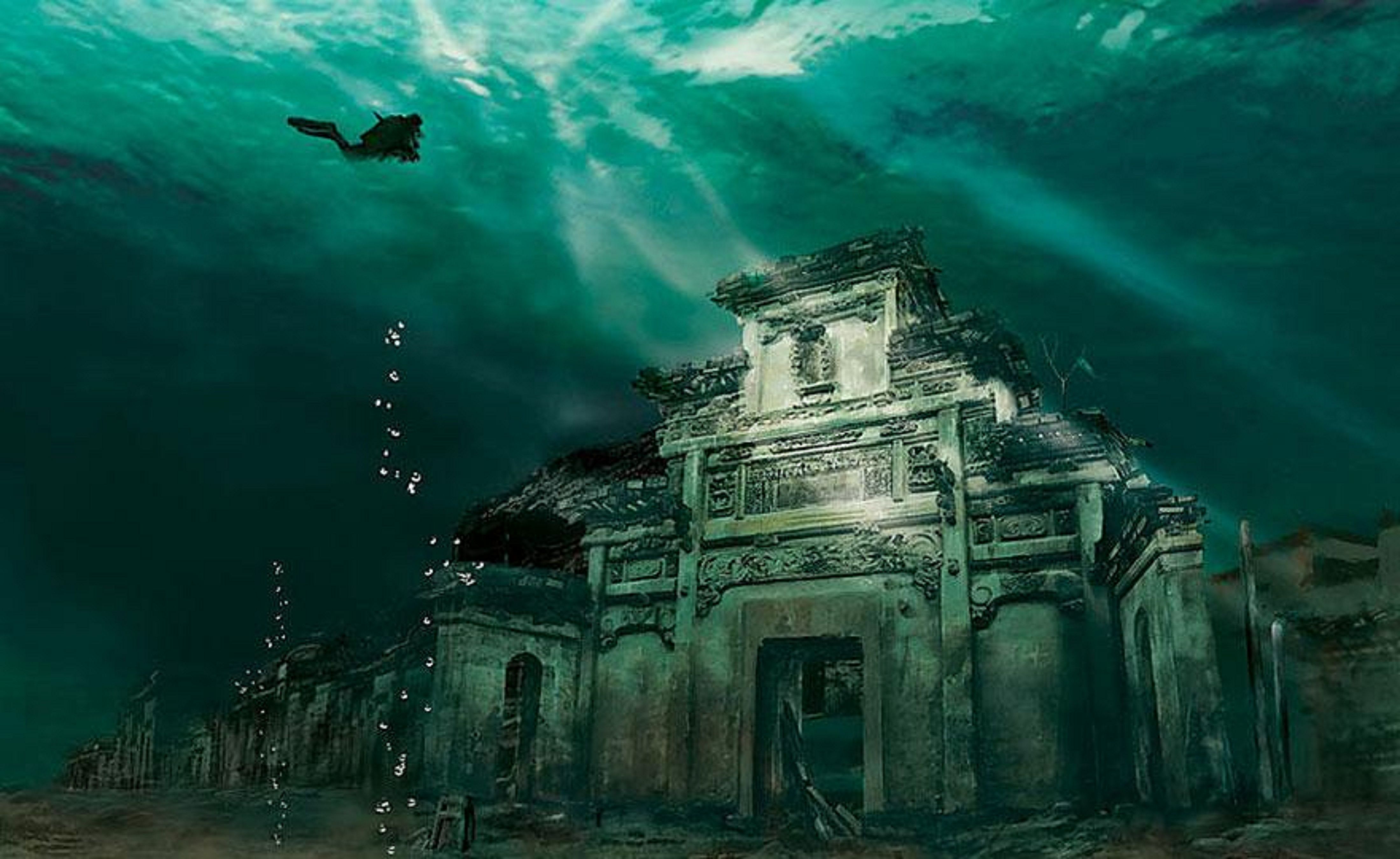Archaeological findings off the coast of western India have unveiled what appears to be a sprawling underwater city, spanning over eight kilometers in length and three kilometers in width. Nestled 120 feet beneath the surface in the Gulf of Khambhat, these remnants could potentially reshape our understanding of ancient civilizations.
Unearthed by the National Institute of Ocean Technology (NIOT) during routine pollution surveys in December 2000, this submerged complex, now dubbed the Gulf of Khambhat Cultural Complex (GKCC), has stirred significant scholarly debate over its age and significance.

Utilizing sonar technology, the NIOT team stumbled upon vast geometrical structures on the ocean floor. Subsequent exploration yielded a trove of artifacts, including pottery, beads, sculptures, and even human remains, carbon-dated to nearly 9,500 years old, as reported by BBC News.

Former Indian science and technology minister Murli Manohar Joshi, announcing the discovery in 2001, proposed that this ancient metropolis predates even the renowned Bronze Age Indus Valley civilization, positioning it as a potential cradle of human urbanization.
Badrinaryan Badrinaryan, the chief geologist of NIOT’s scientific team, asserts in Archaeology Online that these findings challenge conventional timelines, suggesting a sophisticated prehistoric society submerged by rising sea levels at the close of the last Ice Age.
However, skepticism persists among experts. Iravatham Mahadevan, a leading authority on the Indus script, acknowledges the man-made structures but raises doubts about some artifacts potentially washed in from elsewhere. Similarly, questions arise regarding the reliability of carbon dating methods and the stability of the underwater site’s context, as noted by Akso Parpola of the University of Helsinki.
Despite conflicting interpretations, enthusiasts like controversial filmmaker Graham Hancock foresee paradigm shifts in historical narratives. Hancock contends that these submerged structures, unprecedented in scale until roughly 4,500 years ago, challenge existing models of civilization’s origins, as reported by BBC News.
Nevertheless, caution prevails. Justin Morris from the British Museum underscores the need for further investigation before definitively attributing the site to a 9,000-year-old community. Challenges persist in exploring the treacherous underwater terrain, delaying conclusive determinations.

Amidst the ongoing discourse, the quest for truth persists. Joshi emphasizes the importance of unraveling the fate of this ancient civilization, echoing a sentiment shared by scholars and enthusiasts alike.






